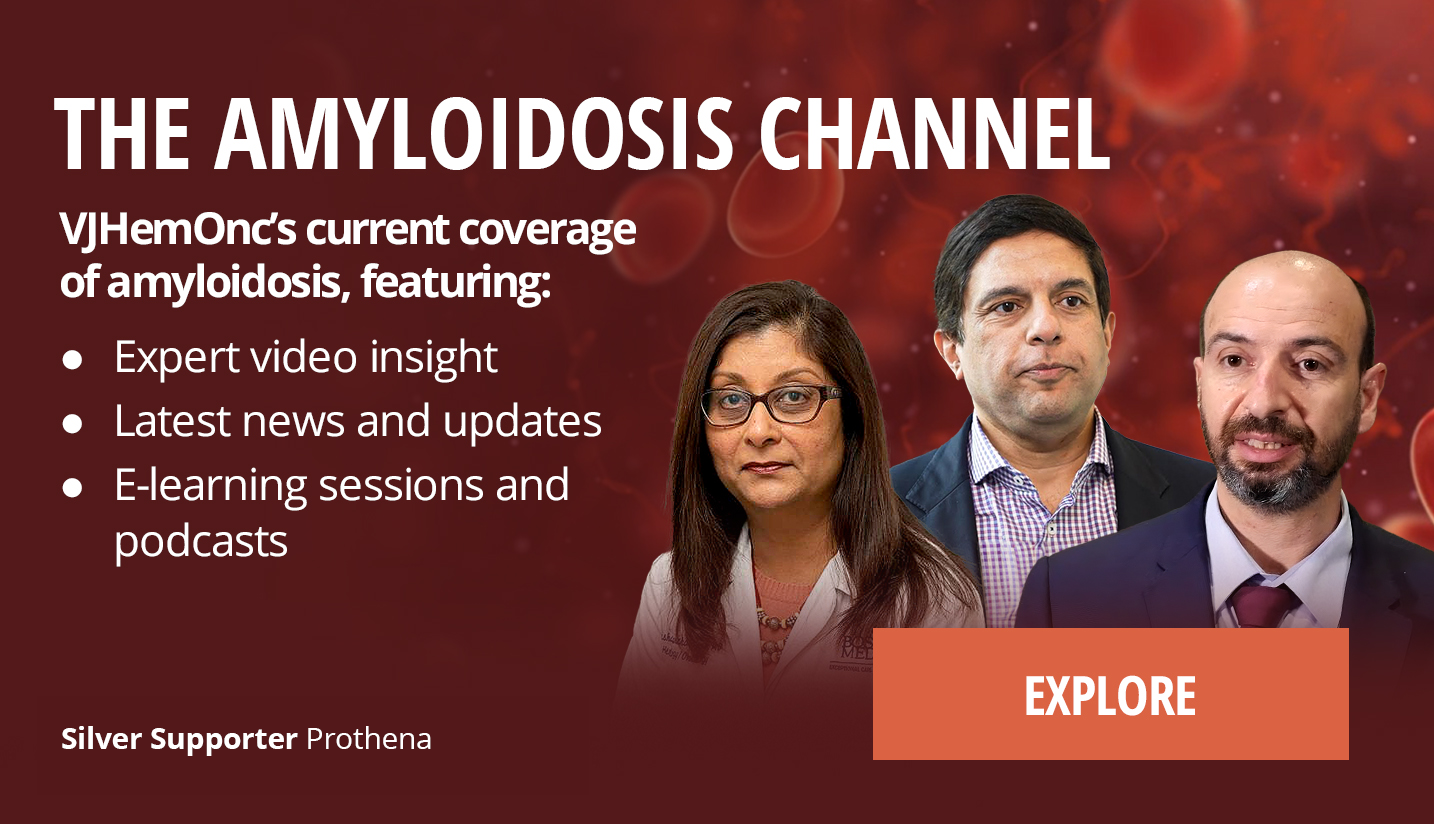I’d be delighted to. So S1702 was a Phase II trial looking at isatuximab, which is a CD38 monoclonal antibody in relapsed or refractory AL or light chain amyloidosis. So all patients received isatuximab at a standard dose, so 10 mg per kg IV given on days 1, 8, 15, and 22 for cycle one, and then days one and 15 for cycles two through 24. And so the primary objective of the trial was the overall hematological response rate...
I’d be delighted to. So S1702 was a Phase II trial looking at isatuximab, which is a CD38 monoclonal antibody in relapsed or refractory AL or light chain amyloidosis. So all patients received isatuximab at a standard dose, so 10 mg per kg IV given on days 1, 8, 15, and 22 for cycle one, and then days one and 15 for cycles two through 24. And so the primary objective of the trial was the overall hematological response rate. And that was shown to be 77% in the clinical trial. And the updated data that we presented here at the American Society of Hematology Annual Meeting in 2024 was that of the organ response data. And so what we showed with the organ response data is that cardiac response was 56%, renal response 50% and 100% of the patients who had gastrointestinal and or liver involvement responded, although that was a very small n of 3 patients.
This transcript is AI-generated. While we strive for accuracy, please verify this copy with the video.












